Buying a 3D printer is no joke. Despite the fun and learning we get from a 3D printer choosing the right one is always a challenge. There are tons of 3D printer at the market with each has its own pros and cons. It is very hard for me to buy my first 3D printer and went to buy Anet A6 3D printer after reading through a blog which say it’s best for beginners. Well I was not totally wrong but I just wish I could have done more research before getting my first 3D printer. I have compiled a set of factors that every hobbyists and enthusiasts should look into and choose a printer that fits their preference.
NOTE: Consider this article as a guideline and do your research when buying a 3D printer. The below guide suits for FDM type of 3D printers and will not hold true for other type of printers.
VOLUME OF THE PRINT:
Every printer has its limitation, the size of print it can produce. Bigger the objects you are looking to print more robust and accurate the printer should be. Starter level printer like Anet A6 is only capable of printing objects that measures 220 x 220 x 240 mm ( W x L x H ). Apparently this is not so big if you imagine printing objects like real life bust models, robotic arms and so on. Always look for the maximum print size before buying a 3D printer.
AUTO / MANUAL LEVELING OF BED:
Leveling can be the most painful thing you need to work with in a 3D printer. It is a process where you need to level the heating bed at a perfect distance from the nozzle through out the surface of the bed. This can be pretty painful if you do it manually all the time. Though it can be fun at the beginning but fun fades after two or three attempts. Perfect solution to this problem is Auto leveling feature which levels the heating bed for you and you can start printing right away. This will save a lot of time in the long run and save you a lot of frustration but auto leveling printers comes with a fat price.
TYPES OF FILAMENTS TO BE USED:
Filaments are like fuel to a 3D printer. It is the material that is heated and then extruded through nozzle to print desired objects. There are several filaments that can be used for 3D printing. But a specific 3D printer tend to have limitation and can only handle few types of filament materials. Below is the table which I found in the internet, this shows the type of filaments and their characteristics.
NOZZLE SIZE:
This is the part which extrudes the melted filament. This Nozzle will move along X, Y and Z axis to print the desired object. Nozzle sizes used in 3D printer can vary from one printer to another. 0.1, 0.2 , 0.3 and 0.4mm are common nozzle sizes. Out of which with 0.1mm provides high quality print and 0.4mm being most commonly used. Also Nozzles made out of different materials such as Brass, Steel, Titanium and so on are used in 3D printers. To make things further interesting there are printers which has multiple extruders which can be used to print objects in multiple colors combing different materials together. Printers with multiple extruders tend to be costly but extremely fun to play with.
RESOLUTION OF PRINT:
Print resolution is something you will keenly look upon when quality of the print is paramount to you. Print resolution decides how detailed your print will be. There are two types of resolution that you need to look into XY and Vertical resolution. XY resolution depends on the minimum distance a stepper motor can move for a given step. Meanwhile vertical resolution also known as layer height refers to the thickness of extruding material which is used to print the object. The lesser the resolution greater the quality and details in the print will be. Also objects printed with less resolution will have smooth surface at the cost of more filament usage and time.
SAFETY:
3D printers comes with considerable amount of risk. These include Hot extruders, Hot bed, Moving mechanical parts, toxic fumes from melting certain filaments and so. It’s very important you take these factors in to consideration if you are buying 3D printer for your kids or if you have kids in your home. In this case you can opt for enclosed 3D printer where it will safe guard user from getting injured from it. But closed frame 3D printers comes with a high price tag comparing to its open framed counter parts.
COMMUNITY:
You are going to need a lots of help when stepping into the world of 3D printing. Imagine if you have friends who have used the 3D printer you just bought! They can help you out with the set up and resolve any problems you might encounter. That’s what the community is all about. It’s always a good idea to buy 3D printer which has a huge community behind. Forums, websites, Social media groups are great places to connect with the community to get help or seek advice with your journey in 3D printing.
Hope this article would have given you some idea on what to look for when buying a 3D printer. If you feel any other feature should be in this list, please leave them in comment box below. If you are looking for suggestions or help do use the comment box below. Happy printing 🙂

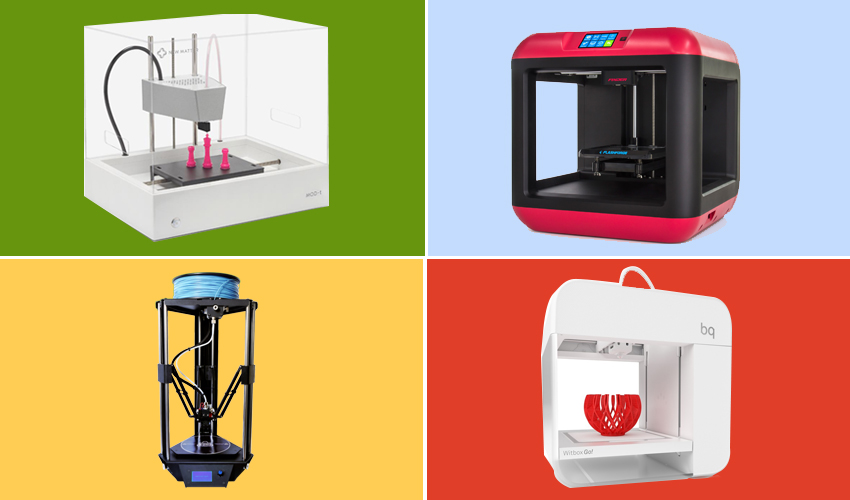
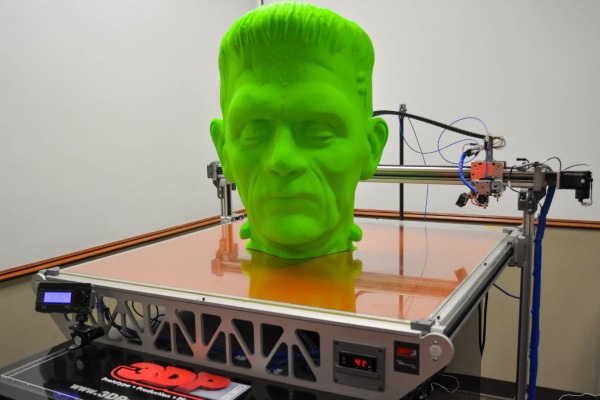
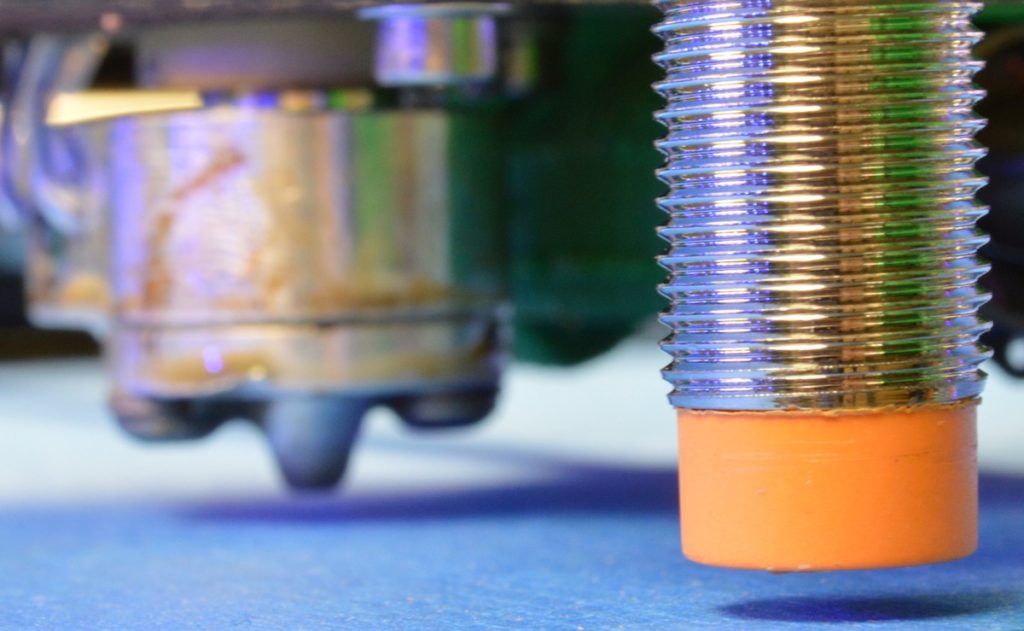
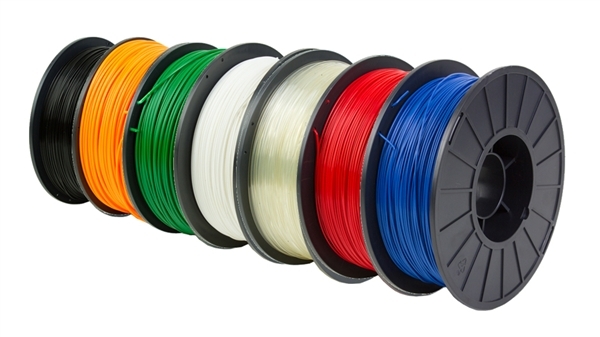
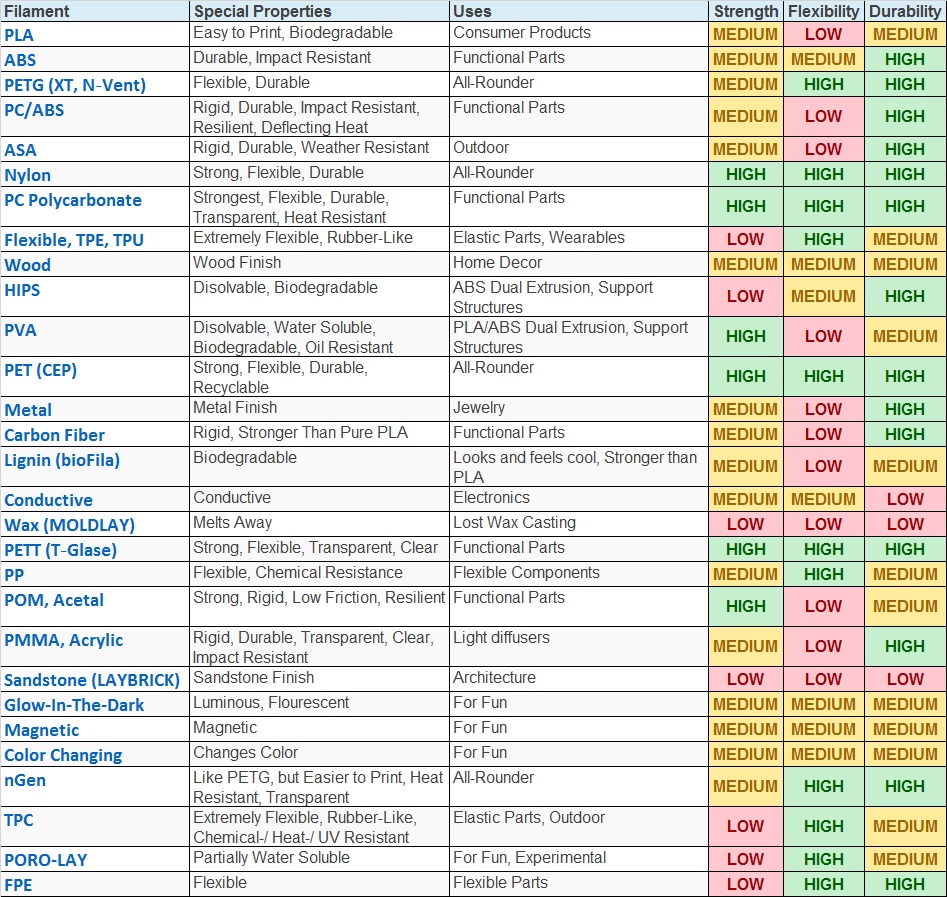
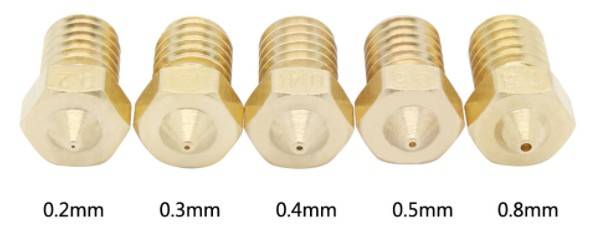
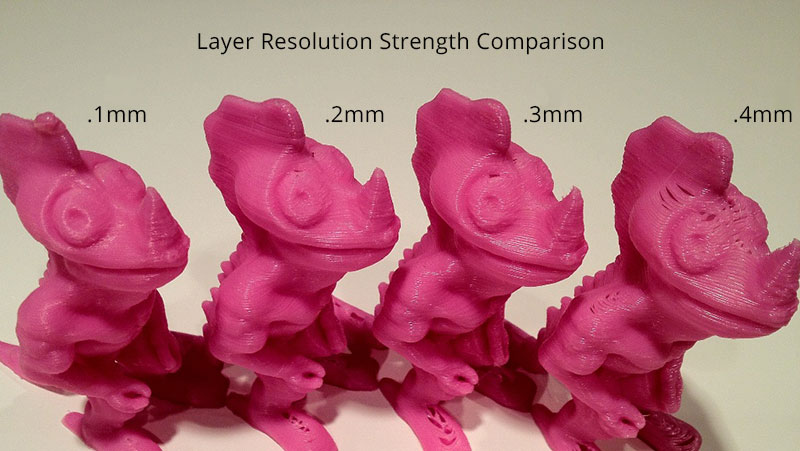
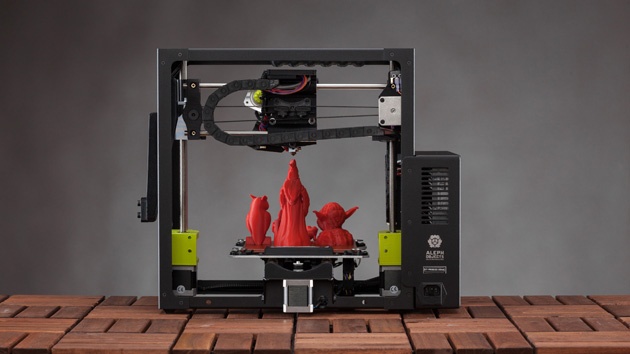
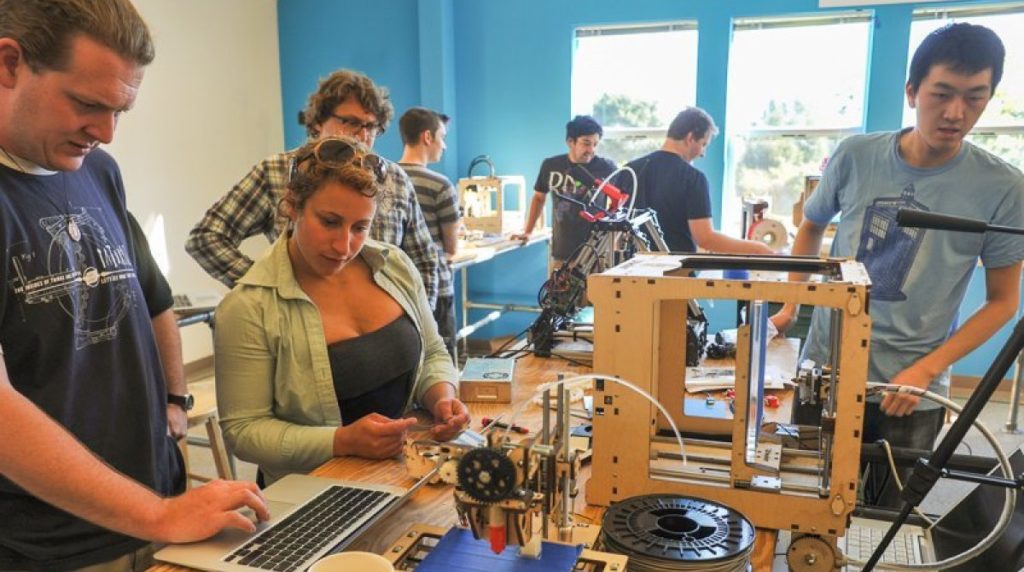
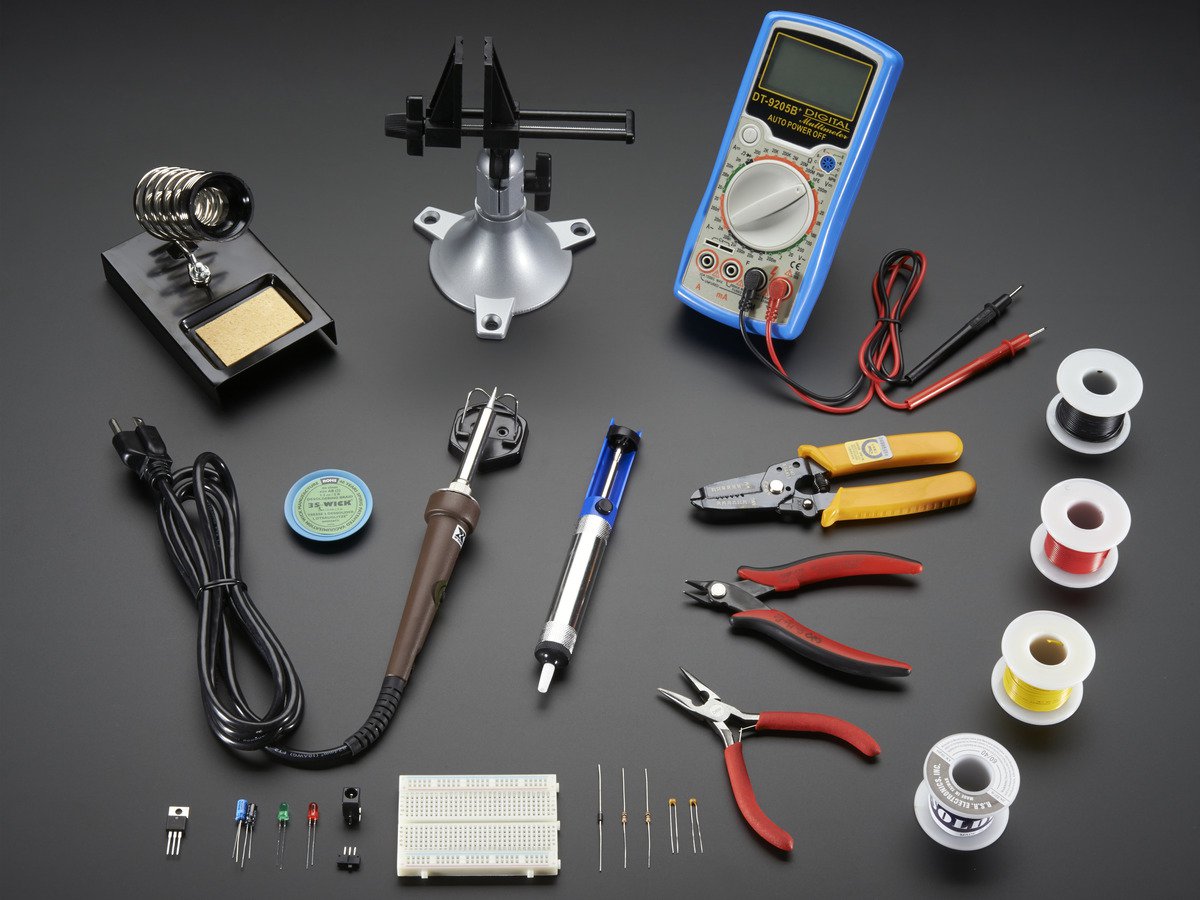
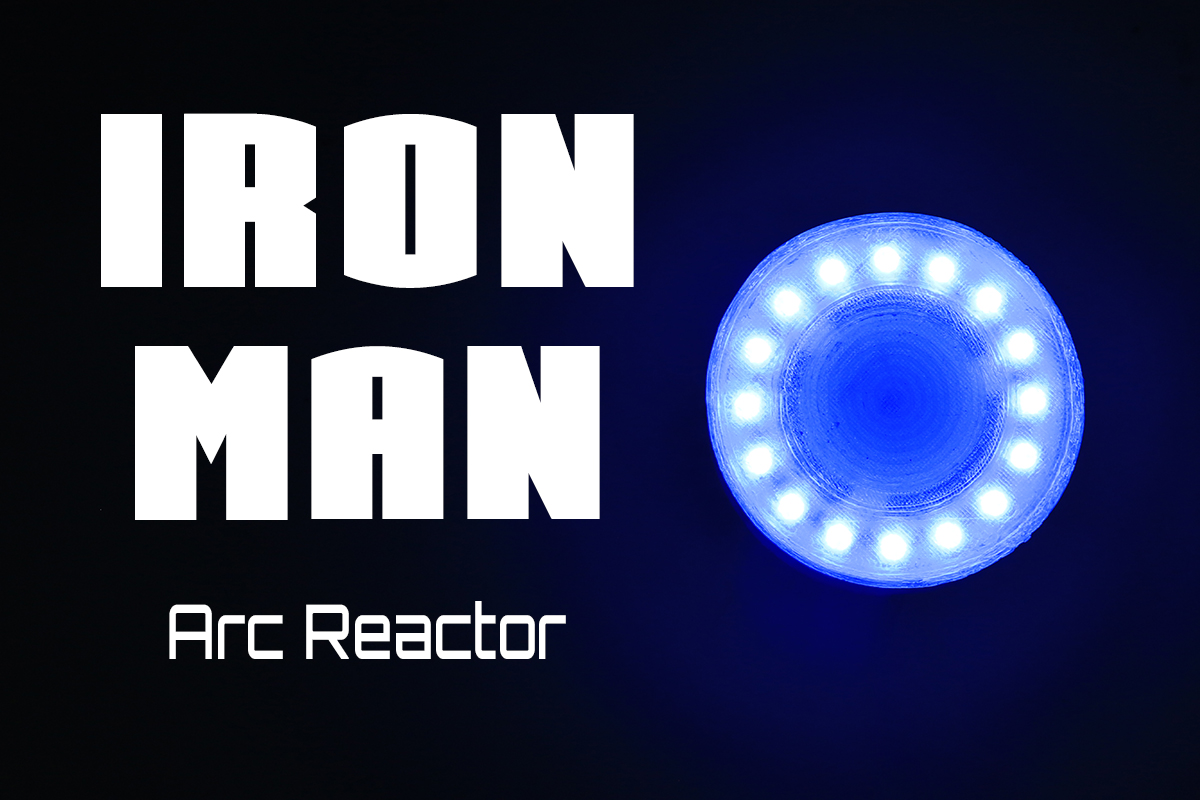
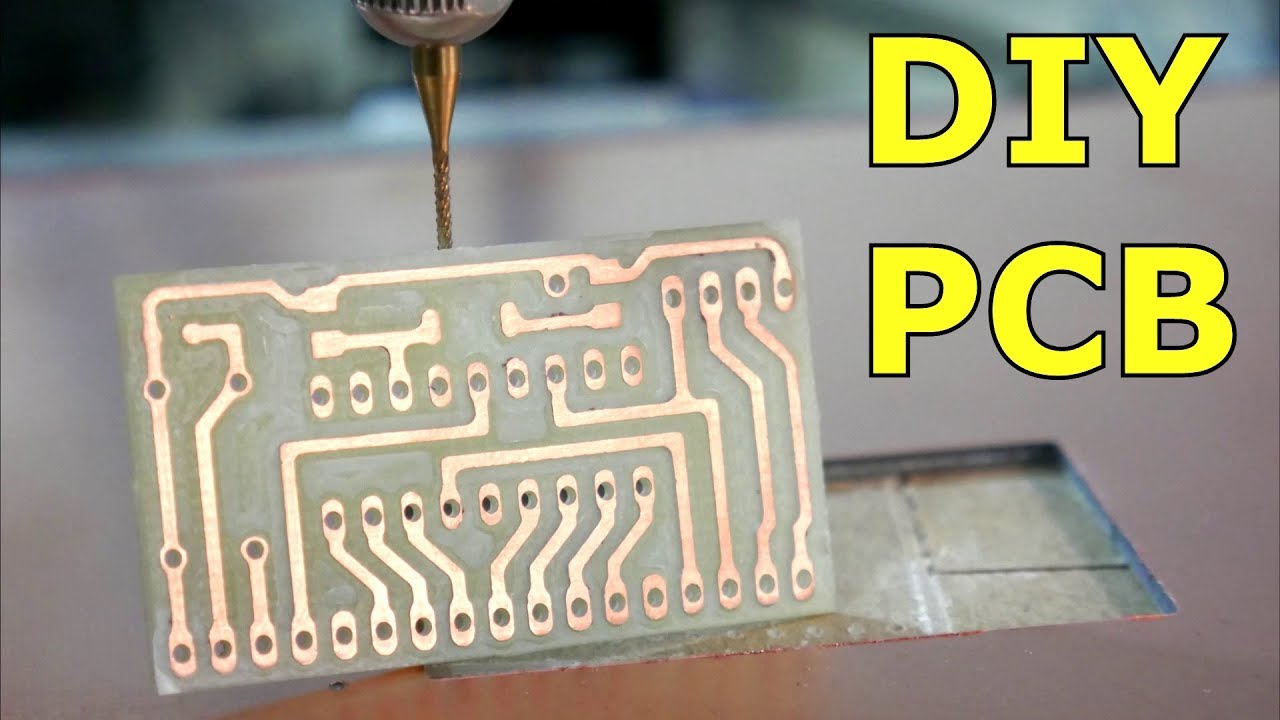
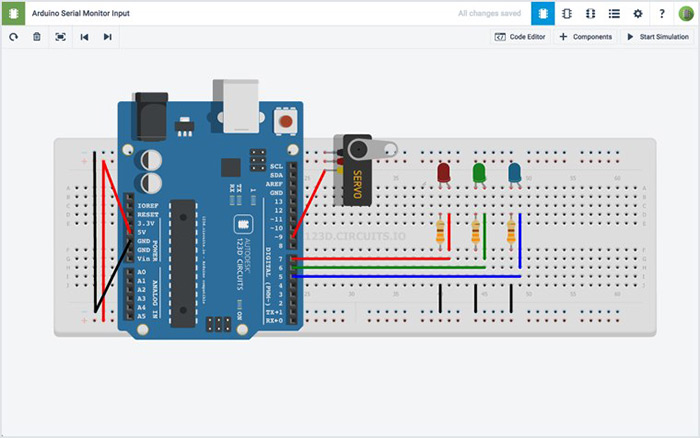
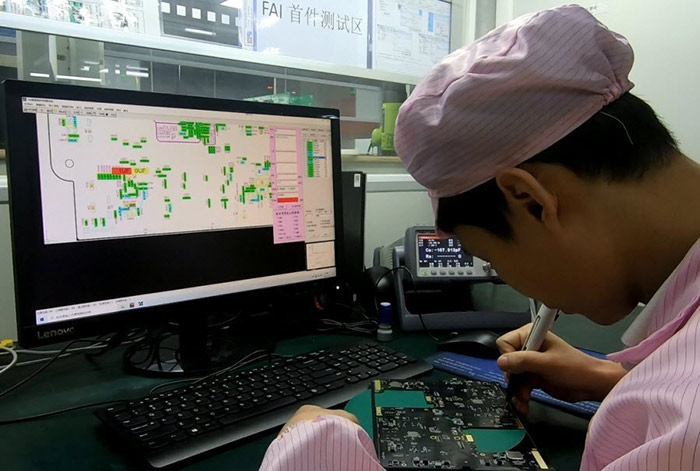
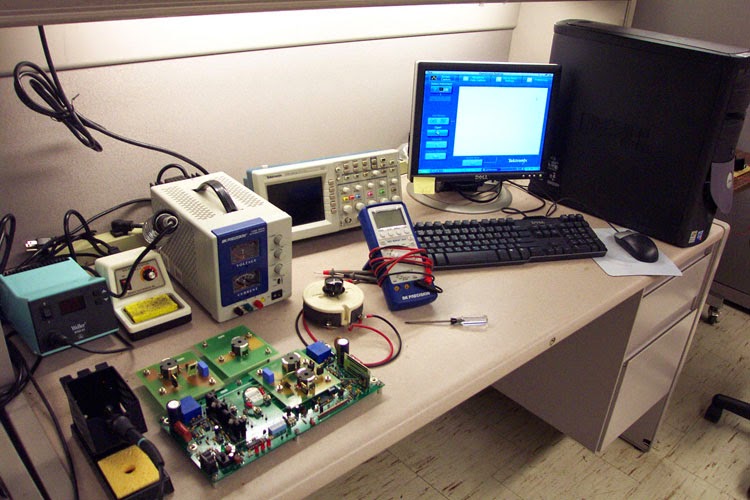
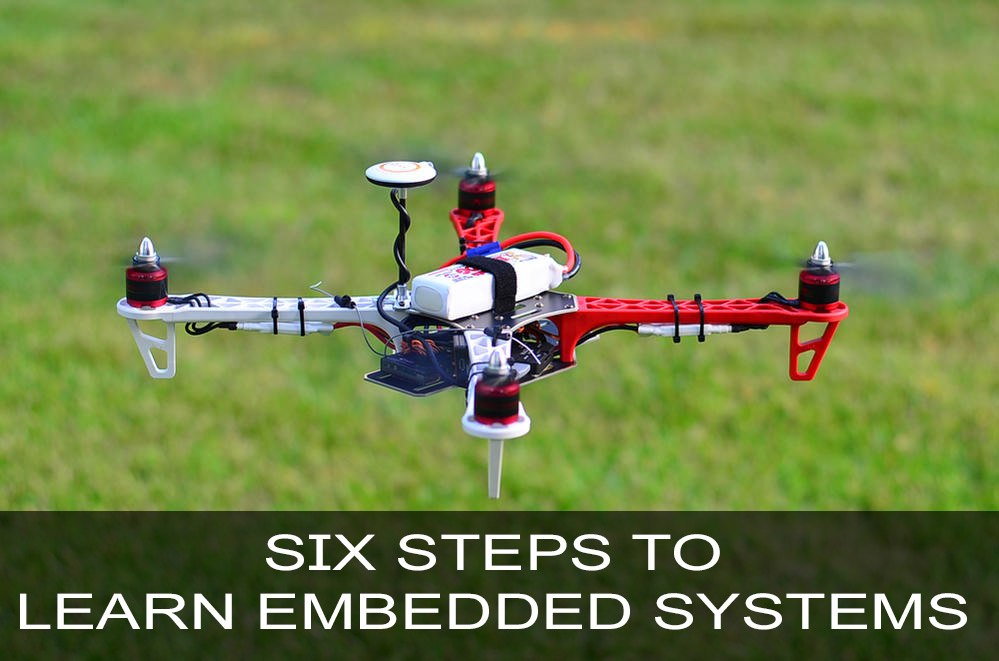
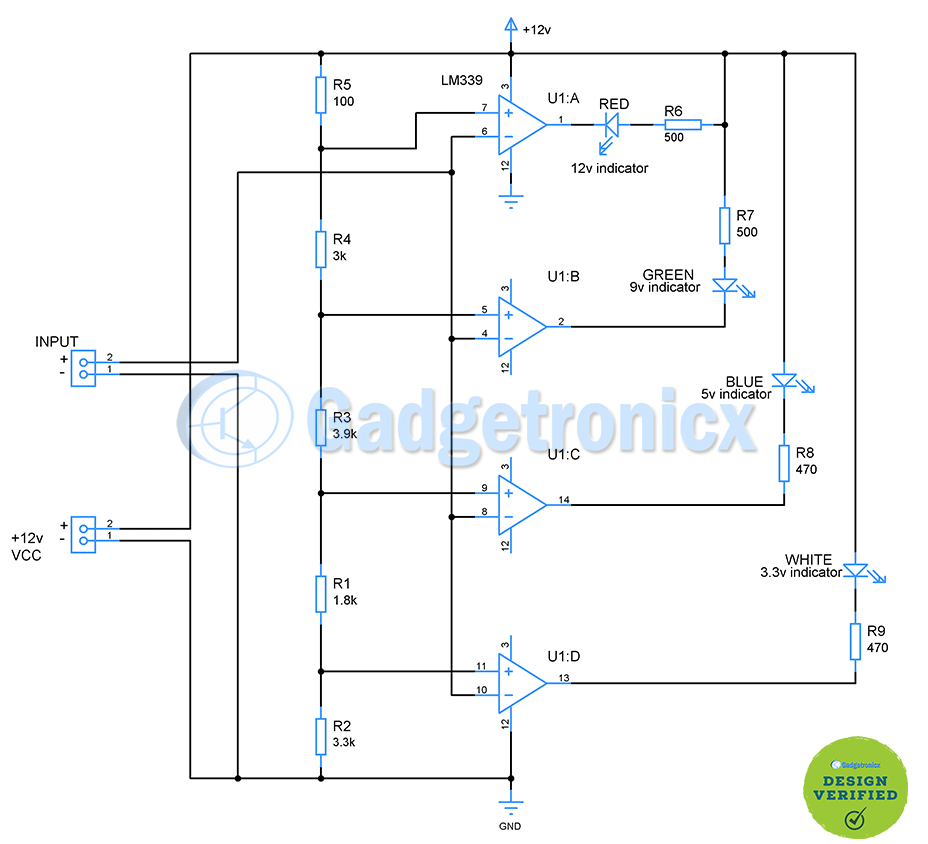
Great share. I found this post very interesting and helpful feeling so lucky that I am reading this because I am going to buy a 3D printer.
I like the fact that you included ‘community’ in the list. This only shows that these devices have a learning curve and require a couple of trial and errors before you get the hang of using one. In the case of my friend who recommended the use of Mark forged 3D printers, I’m quite pleased to have him as my support because he was able to explain most of the things you’ve included in your post. And the rest, we figured them out together. I guess that’s the fun of it? But thanks for the useful information!